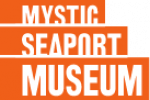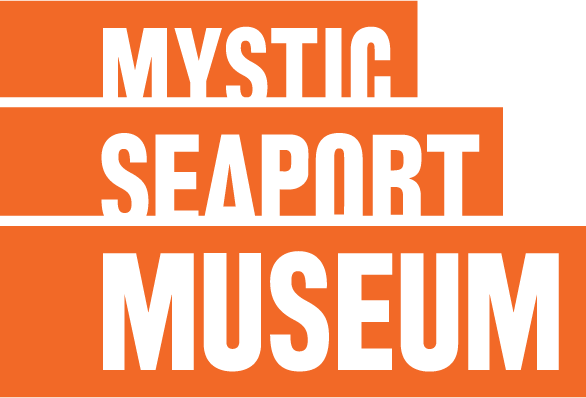Visitors can Watch as they Conduct Drills, Demonstrate Artillery, and March in Parade
Mystic, Conn. (May 15, 2013) — Most people don’t know it, but a major part of the Civil War was fought along the East Coast, as the Union tried to blockade the South to cut off its trade with Europe. On June 1 and 2, you can see a reenactment of how those Union sailors lived and how they prepared for battle when you come to Mystic Seaport for a Civil War Naval Encampment – the first ever in Connecticut.
More than 150 uniformed reenactors from several states will set up camp on the Museum’s village green to carry out infantry drills, conduct artillery demonstrations, and march in a dress parade. Visitors can talk with them about life in the Union Navy 150 years ago.
“You’ve never seen anything like this,” said Matt Warshauer, professor of history at Central Connecticut State University and co-chair of the Connecticut Civil War Commemoration Commission. “This Mystic Seaport encampment is a one-of-a-kind event that will help everyone learn about the role of Union ships and Union sailors in winning the war by blockading the South and carrying out naval operations.”
During the encampment, visitors can see two Civil War vessels at Mystic Seaport: The Hunley, a replica of the Confederate submarine that was the first to sink another warship, and the Australia, believed to be the only surviving schooner of the type Confederates used to run those Union blockades.
At 1 p.m. on both days, visitors will see a Civil War homecoming, as reenactors disembark from the steamboat Sabino, the last wooden coal-fired steamboat still in operation in America. A welcoming crowd will greet the sailors at the pier, and they’ll proceed to the village green to hear speeches from reenactors portraying President Abraham Lincoln, Secretary of the Navy Gideon Wells, and Connecticut Governor William Buckingham.
“We all know about the great land battles of the Civil War, like Gettysburg and Antietam,” said Warshauer. “But not many people know how the Union Navy helped win the war. And there are some great stories to hear. For example, Warshauer said, in 1865, Admiral David Dixon Porter landed over 2,000 sailors and marines to storm the sea face of Fort Fisher, near Wilmington, N.C.
“Admiral Porter’s sailors were armed only with pistol and cutlass, and his naval force was outgunned and repulsed. But the attack succeeded because the rebel defenders thought the seaside landing was the main thrust, so they rushed to that side of the fort. They never saw the much larger Union army approaching down the peninsula until it was too late.”
“The Navy is often forgotten when it comes to Civil War history, despite the critical – if not decisive – role played by the fleet,” said Chuck Veit, president of the Navy & Marine Living History Association and a member of the U.S. Naval Landing Party. “The Mystic Seaport encampment is one of the nation’s very few living history events devoted to the Navy.”
The reenactors come from all over the East Coast, representing the U.S. Naval Landing Party, the Tidewater Maritime Living History Association, the USS Lehigh, the USS Port Royal Marine Guard, the 8th, 11th, and 14th Connecticut Volunteer Infantry, and the Connecticut 2nd Heavy and Light artilleries.
Mystic Seaport has joined with the Connecticut Civil War Commemoration Commission (CCWCC) to host this event. It’s the third major encampment held by the CCWCC. More than 5,000 people attended a similar event at New Britain’s Stanley Quarter Park in 2011, and 5,000 more attended another such event at Manchester’s Wickham Park in 2012.
The Civil War Naval Encampment is made possible by a grant from the Connecticut Humanities Council and the generous support of Travelers Insurance.
The encampment will be open from 9 a.m. to 5 p.m. both days. Museum admission is required, although admission is good for both days with validation.
About the CCWCC
The CCWCC was created by Governor M. Jodi Rell in 2010 and directed to coordinate activities across Connecticut to commemorate the state’s involvement in the Civil War. The Commission is co-chaired by Dr. Booker DeVaughn, president emeritus of Three Rivers Community College, and Dr. Matthew Warshauer, professor of history at Central Connecticut State University. Members of the Commission include history and humanities professionals from across the state.
About Connecticut Humanities
Connecticut Humanities (CTH) is a non-profit affiliate of the National Endowment for the Humanities that funds, creates and collaborates on hundreds of cultural programs across Connecticut each year. Connecticut Humanities brings together people of all ages and backgrounds to express, share and explore ideas in thoughtful and productive ways. From local discussion groups to major exhibitions on important historical events, CTH programs engage, enlighten and educate. Learn more by visiting www.cthumanities.org.
About Mystic Seaport
Mystic Seaport is the nation’s leading maritime museum. Founded in 1929, the Museum is home to four National Historic Landmark vessels, including the Charles W. Morgan, the last wooden whaleship in the world. The Museum is located one mile south of exit 90 off I-95 in Mystic, CT. Admission is $24 for adults and $15 for children 6-17. Museum members and children under 5 are admitted for free.


